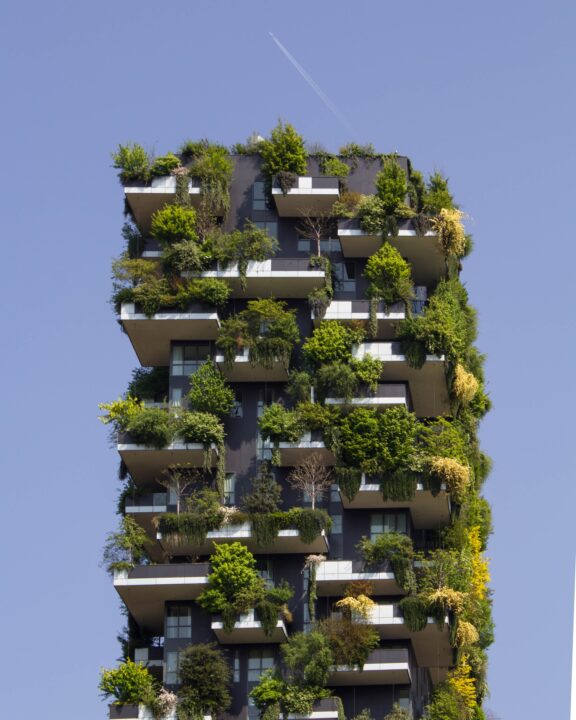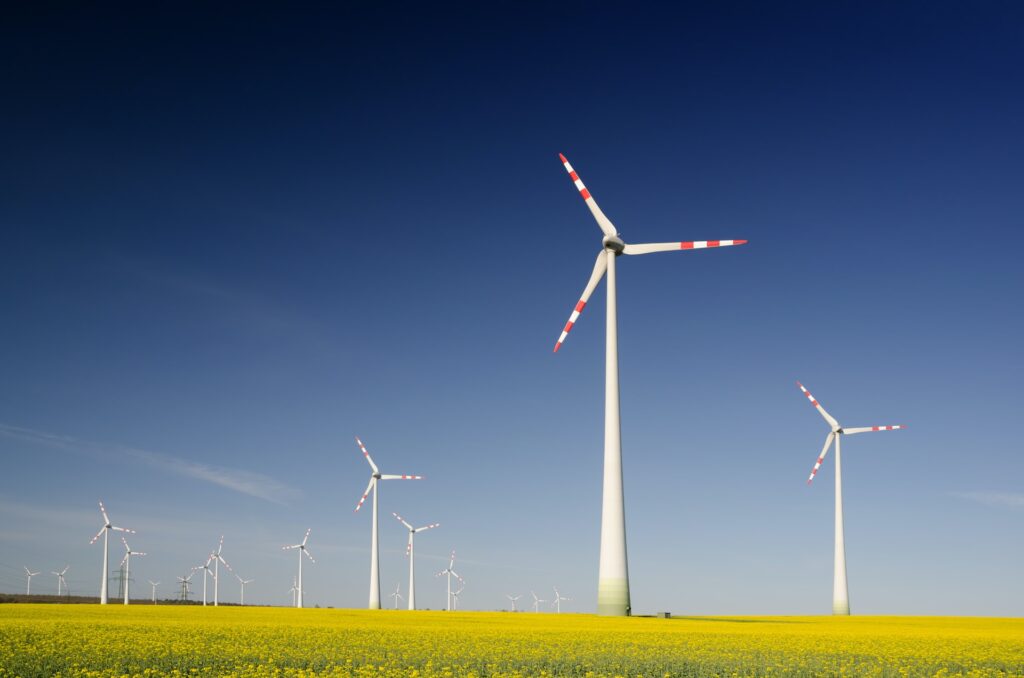The urgency of addressing environmental challenges has reached a crescendo, and businesses, entrepreneurs, and innovators have stepped up to the plate with ingenious solutions to lower ecological impact and unlock untapped economic potential. At the heart of these solutions lie sophisticated technological innovations that are powered by sustainability goals. Sustainable tech innovations play a crucial role in addressing the pressing challenges of environmental impact.
This article will look at how these innovations are reshaping industries, promoting responsible business practices, and striking a harmonious balance between ecological preservation and economic prosperity.
1. Renewable Energy Revolution: Powering the Future
Solar Power Illuminates a Bright Path
Renewable energy sources have long been touted as the key to a greener, more sustainable future. Solar power, in particular, has seen a remarkable surge in adoption due to advancements in technology and favorable economic incentives. Recent reports from the International Renewable Energy Agency (IRENA) revealed that solar energy capacity globally has doubled in the last five years, reaching an impressive 710 GW in 2023. This rapid growth can be attributed to plummeting solar panel costs, with prices dropping by over 80% since 2010.
An example comes from the city of Las Vegas, USA, which has embraced sustainable tech wholeheartedly. The city’s Mandalay Bay Convention Center boasts a 26,000-panel rooftop solar array that generates a staggering 8.3 MW of electricity, sufficient to power 1,000 homes for a year. This installation contributes to Las Vegas’ economic growth while upholding the city’s commitment to environmental stewardship. It also results in significant long-term cost savings for the venue.
The state of Nevada has embarked on a renewable energy project in which they hope to generate at least a quarter of their electricity from renewable energy sources. That’s a massive sustainability initiative, and we hope more states and businesses will follow suit.
Wind Energy: Riding the Gust of Progress
Wind energy is another cornerstone of the renewable energy revolution, harnessing the power of nature’s invisible force. In 2022, global wind energy capacity surpassed 906 GW, which is expected to clock 1 TW by the end of 2023. Thanks to countries like China, the USA, and Germany leading the charge in wind power deployment.
Denmark’s commitment to wind energy has been nothing short of awe-inspiring. On a particularly windy day in 2015, the country’s wind turbines generated more electricity than its population consumed, up to 140%, allowing Denmark to export excess energy to neighboring countries like Germany, Norway, and Sweden.
This achievement highlights the potential of sustainable tech innovations to transform energy production and create a greener, more interconnected world. To date (2023), Denmark is powered by its wind farms. That’s a massive stride toward sustainability.
2. Circular Economy: Redefining Production and Consumption

The Shift Towards a Circular Model
In a linear economy, products are manufactured, used, and discarded. The circular economy, on the other hand, promotes a regenerative approach by designing products with extended lifespans, minimizing waste, and facilitating recycling. This transition reduces environmental strain and presents several economic opportunities.
Accenture forecasts that shifting to a circular economy could generate $4.5 trillion in additional economic output by 2030. Moreover, it has the potential to create approximately 63 million new jobs within the same timeframe. This transformation calls for innovative, sustainable tech solutions that reshape traditional production and consumption patterns.
A Fashionable Tale of Sustainability
The fashion industry, known for its wasteful practices, is witnessing a paradigm shift with sustainable tech innovations. Realizing the detrimental impact of fast fashion, brands like Patagonia and Eileen Fisher are embracing circular principles.
Patagonia’s “Worn Wear” program encourages customers to buy and sell pre-owned Patagonia products, extending the life cycle of their garments. On the other hand, Eileen Fisher’s “Renew” initiative takes back used clothing and transforms it into new designs. These innovative approaches reduce textile waste and create new revenue streams for the companies, showcasing how environmental consciousness can go hand in hand with economic growth.
3. Smart Cities: Paving the Way for Sustainable Urbanization
The Rise of Smart Cities
As the global population continues to gravitate towards urban centers, the concept of smart cities emerges as a beacon of sustainable urbanization. By leveraging data and technology, smart cities optimize resource utilization, enhance mobility, and reduce their ecological footprint.
Smart city spending is projected to surpass $327 billion by 2025, a 22.7% increase from 2019’s $96 billion. A greater percentage of these expenditures (about 70%) come from the United States, Europe, and China on new technologies like 5G internet, Smart grids, robotics technology, AI, etc. This investment signifies the growing recognition of smart cities as a pathway to environmental preservation and economic prosperity.
Barcelona: The Marvelous Metropolis
Spain is home to some of the world’s “smartest” cities, including Sevilla, Barcelona, Madrid, and Malaga. Among these, Barcelona stands as a paragon of sustainable urban development. The city has integrated smart technology into various aspects of urban life, from energy-efficient LED streetlights that adapt to real-time traffic patterns to an intelligent waste management system that optimizes garbage collection routes.
The city’s smart irrigation system in parks and gardens adjusts watering schedules based on weather forecasts and soil moisture levels, ensuring plants receive just the right amount of hydration. This is just a little of what to expect from smart cities. As we look forward to the emergence of more smart cities globally (about 26 more by 2025, according to Frost & Sullivan), the world is about to experience an interconnected metropolis that is sustainable and eco-friendly. This market holds massive investment potential and is likely going to put several carbon-intensive businesses out of business; hence, investors and businesses should follow industry trends and start making commitments to a greener future in preparation for what’s coming ahead.




